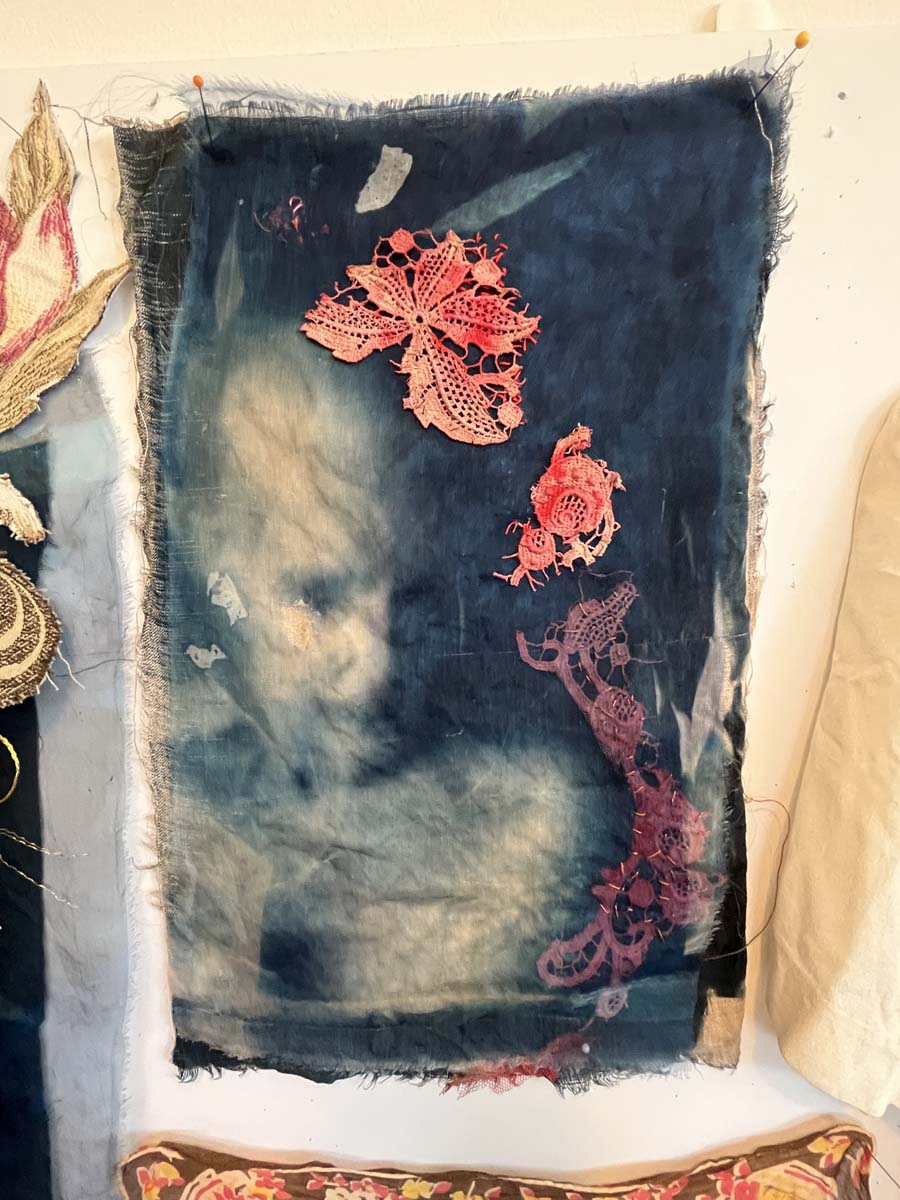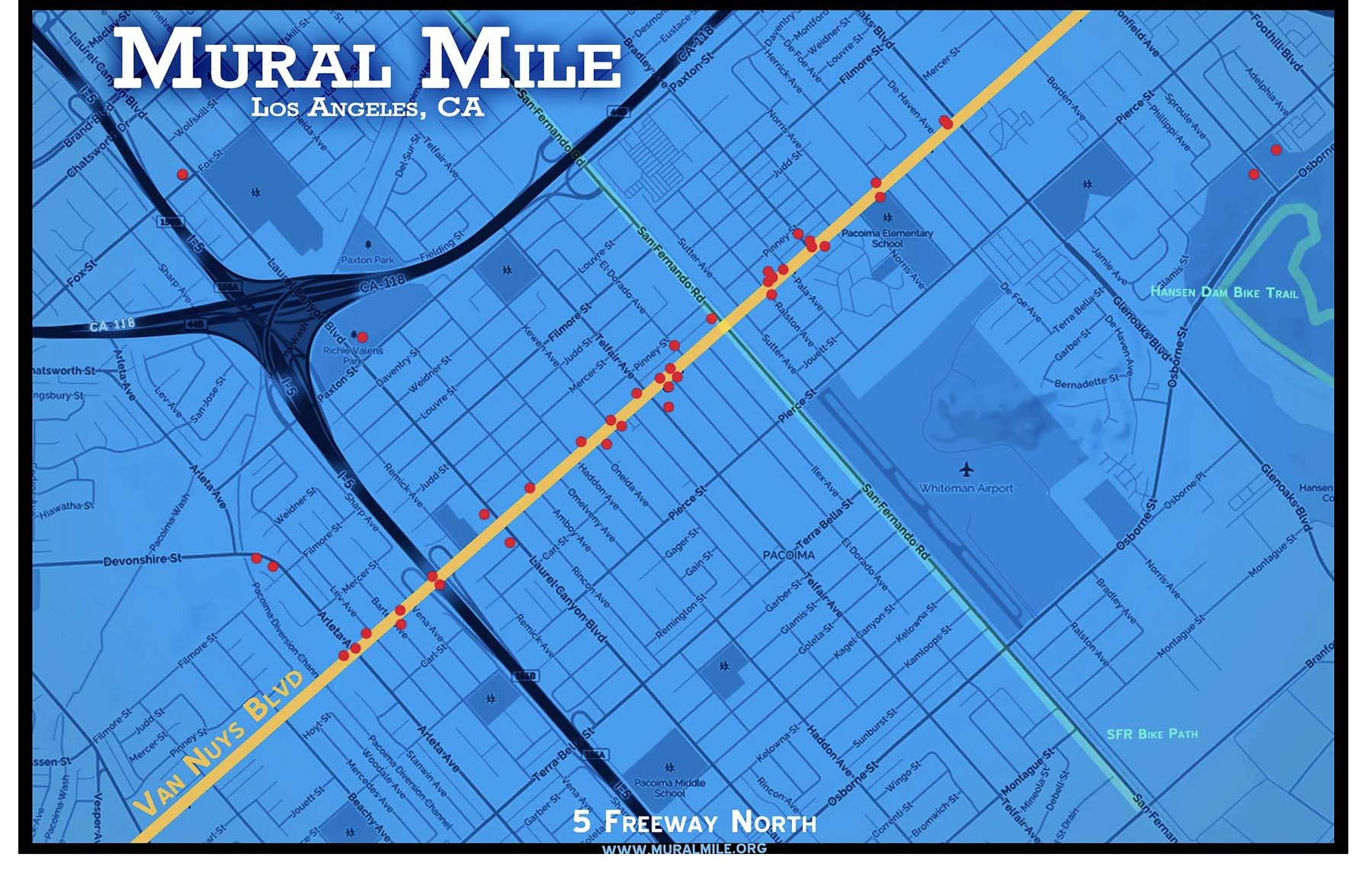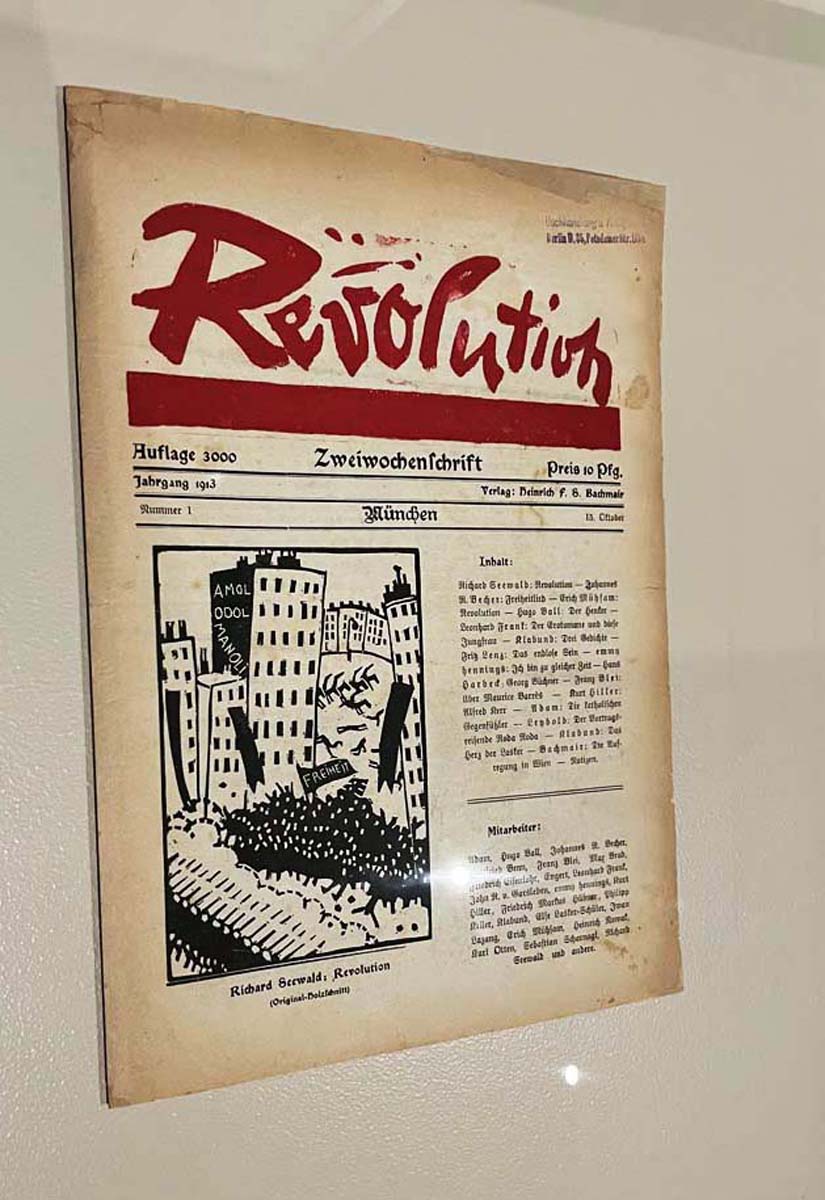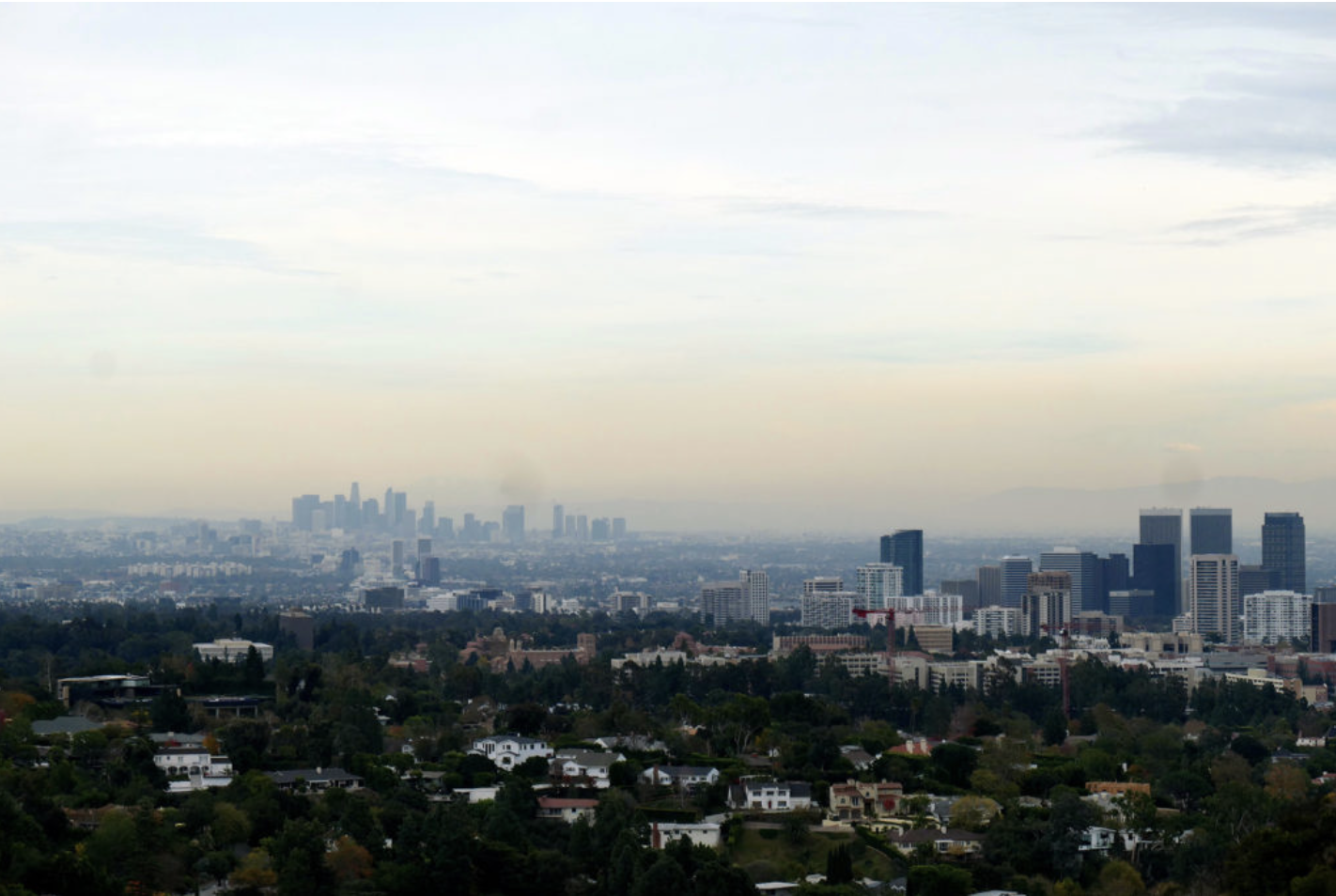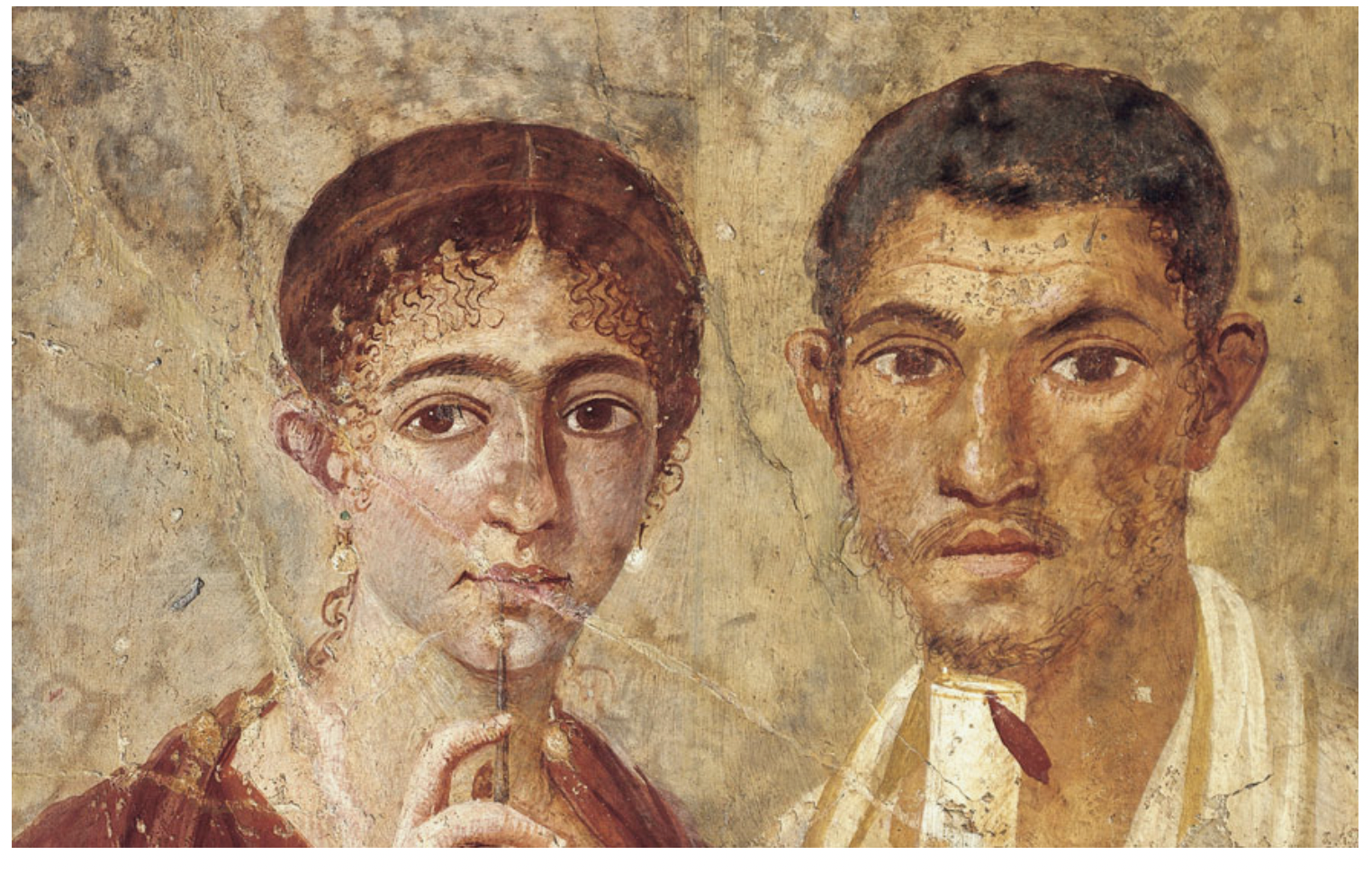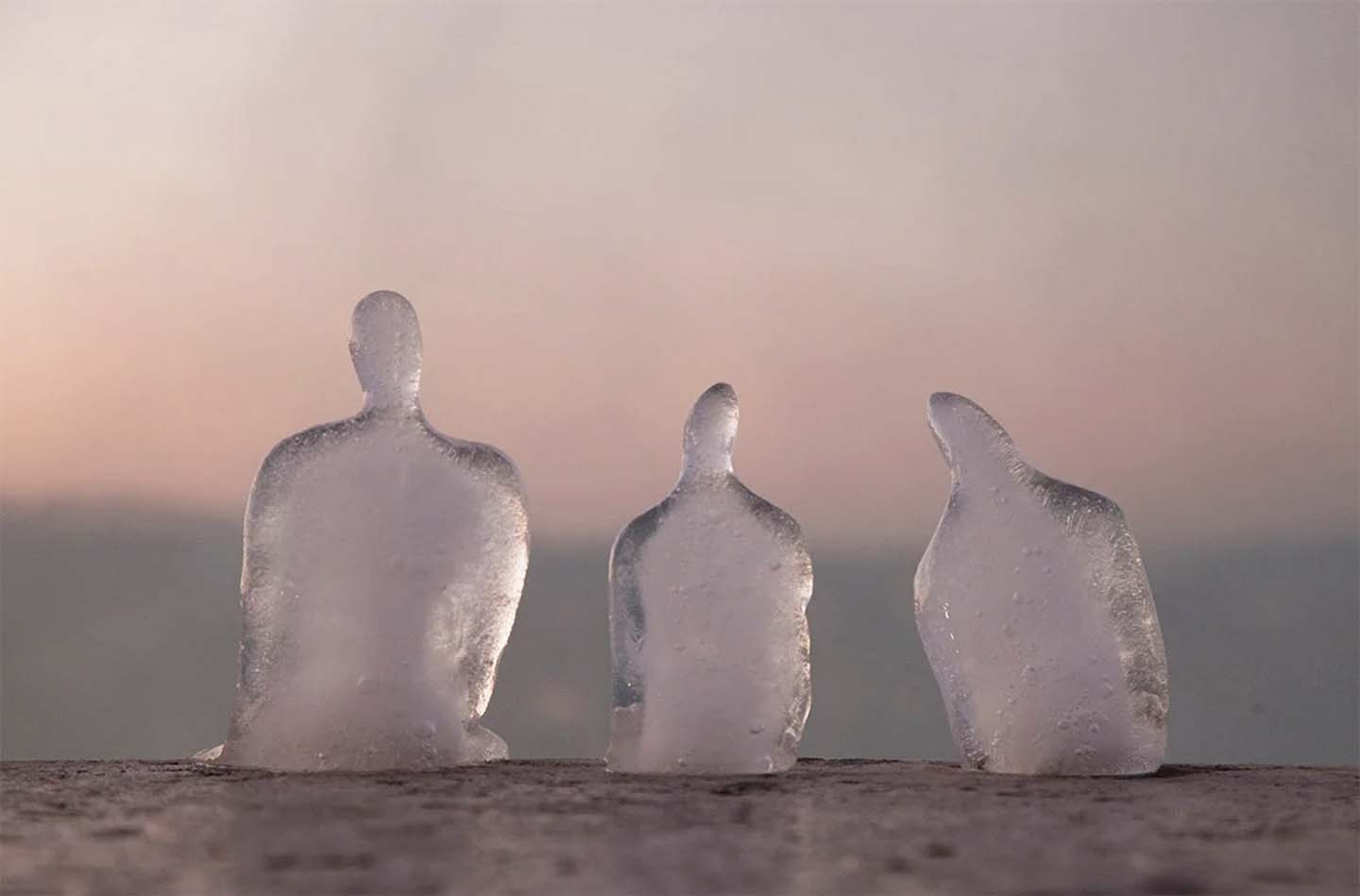Addressing Affliction
· Artists processing Cancer ·
“If the doors of perception were cleansed every thing would appear to man as it is: infinite./For man has closed himself up, till he sees all things thro’ narrow chinks of his cavern” ― William Blake, The Marriage of Heaven and Hell.
LIKE ANY other segment of the population, artists have not been immune to cancer. The recent loss of one of our own to this disease, Henk Pander, is a painful reminder, grief still rippling through the community. We know of numerous famous painters, including Artemisia Gentileschi, Rembrandt van Rijn, Gustav Klimt, Marc Chagall and David Hockney, who were afflicted. Photographers not far behind, Dorothea Lange among them as well as Ester Bubley, Arthur Rothstein, Ralph Steiner and Gordon Parks, to name just a few. (Here is a more comprehensive selection from a recent art exhibition at the Hillstrom Museum of Art, MN.)
Medical research indicates that, compared to other professional groups, the mortality patterns among male painters shows an increased risk of dying of cancer, manifesting as bladder, colon and brain cancer, and also leukemia. For women painters, it is breast and lung cancer that is found at elevated rates compared to the non-artist population. The causal mechanisms have not been established, but there are likely links to hazardous substances present in the paints and finishes painters use (Ref.) Then again, it could be the immense stress levels from a precarious existence, shared by many artists, that affect the immune system negatively. Substantially increased cancer mortality rates for photographers are clearly associated with chemicals applied in darkrooms while processing film (Ref.)

Cancer was historically something people did not talk about, an abysmal affliction associated with shame, superstition and mortal dread. You find a few portraits in renaissance art that show women who are likely dealing with breast cancer, but none of the type of work that has begun to emerge, finally, since the last century: visual artists dealing with their own illness, processing their experience through their creativity or using their experience as a means of questioning the stereotypes that surround illness and death. From attempts at personal healing to attacking the metaphors associated with the disease – “it’s a fight, a battle, a crusade” – to simply conveying insights so that others can be prepared or warned, you find a variety of artworks that embody our era’s willingness and courage to expose oneself and/or make the personal political. A late, but welcome attempt to heed Blake’s appeal to “cleanse the doors of perception,” revealing underlying truths rather than keeping them out of our field of vision.
The incomparably courageous and smart artist Hannah Wilke documented her experience with Lymphoma in fascinating and brutally honest staged photographs that were evidence for her unsurpassed talent for gesture. May her memory be a blessing.


Hannah Wilke Intra-Venus Triptych 1992-93
Artists do not just expose their diseased bodies, of course. Some prefer narrative paintings that indirectly alert to what is lost, often for entire generations. I very much relate to the painting below that depicts imagined inter-generational connection when the person is no longer there to talk. If you have cancer when your children are young, one of the bottomless fears concerns what will happen to them, accompanied by an overarching sorrow that they will never really get to know you (or you them) on a more equal footing.

Ofer Katz “Things I wanted to tell you – Mark and Aliza Ainis at The Dead Sea” 2021
(This painting, by the way, is part of a project that has been of enormous help to cancer patients trying to overcome isolation. A national organization, Twist Out Cancer, offers a program called Brushes with Cancer.
“… it strategically matches artists with those touched by cancer to create unique pieces of artwork reflective of their journey. Over a period of 4 months, pairs will connect virtually and their relationships are guided and supported by Twist Out Cancer mentors with the intention of creating a support system for both the artist and inspiration. The program finishes on a high note with our signature celebratory art exhibition, gala and auction.”)
Then there is Prune Nourry’s public art signaling healing, to which I am admittedly partial, even though her Catharsis series skirts the edges of metaphors that I abhor. Amazons are of course warriors, implying an ongoing war with the disease. I continue to be floored by Nourry’s ideas and instantiation of mammoth projects (I wrote about her work I saw in Paris some years back here.) The battle metaphors so lend themselves to focus on winners and losers, victors and victims, survivors and fallen, all of which imply an either/or categorization and a hint of fortitude (or lack thereof) in dealing with the illness. As any cancer patient will tell you, the implications that one isn’t tough enough, fighting enough, optimistic enough, radical enough, tend to add insult to injury.
Here are some images of Nourry’s work processing breast cancer and an explanation from her website.
“Catharsis was born in 2018 with The Amazon, a monumental four-meter concrete sculpture with glass eyes, inspired by an ancient marble statue at the Metropolitan Museum of Art representing an injured amazon. Prune Nourry created the sculpture as a cathartic act in her fight against cancer. Inspired by ex-voto traditions, particularly the Japanese mizuko kuyo, the piece is entirely covered in thousands of incense sticks. During a public performance in the heart of Manhattan, the incense went up in smoke to symbolize healing.”


Breast cancer seems to be the dominant topic for artists processing cancer – perhaps because it is so prevalent, has been suppressed as a subject for so long or, importantly, because patients more often than not live to tell the tale. Gallery shows focus on the resilience of survivors, and museums draw attention to the topic, like this ingenious stunt at the Thyssen-Bornemisza National Museum of Art in Madrid in October last year. They featured an exhibition titled “From the skin to the canvas: another take on breast cancer,” displaying digital copies of works by Francisco de Goya, Peter Paul Rubens and Hans Baldung Grien which had been altered to make it look like the nude subjects have undergone mastectomies. (Unsurprisingly, most of the media reports did block out the images – I really had to hunt to find one….)




Thoughts about breast cancer seem to be manageable, compared to, say, lung cancer which has a far worse prognosis and less visible damage, as well as being associated with un/spoken assumptions that it is your own fault because of bad habits (I wrote about this recently here.) Breast cancer survivors’ day-to-day functioning is not as affected by missing breasts (non-withstanding the emotional losses tied to female beauty ideals, or those of sexual pleasure) once you’ve left the cancer behind you, compared to living with the aftermath of lung cancer. The absence of breasts becomes an integrated norm, with all other physical functions intact, allowing you for long stretches to forget the ordeal. That is not the case with a lung removed which affects every step you take, every breath, really. The knowledge that this dreadful beast tends to spread surreptitiously much more frequently makes ignoring your state near impossible. Seen in that light, the prevalence of breast cancer-related art becomes understandable.
In fact, to my knowledge there seems to be no art by established visual artists engaging with lung cancer, although a few rather depressing novels and autobiographies by afflicted authors exist: “The Quarry” by Iain Banks, “In gratitude” by Jenny Diski “When breath becomes air” by Paul Kalanithi , and “Stadium IV” (Stage IV) by Sander Kollaard. Two authors who died of lung cancer wrote poems about their ordeal: Raymond Carver (“What the doctor said” and John Updike (“Needle biopsy”). Illness perception – in this case one of doom and resignation – has consequences, for coping as a patient as much as for the obviously lacking desire or energy to create an artistic representation of the trauma.
***
“A successful work of art is not one which resolves objective contradictions in a spurious harmony, but one which expresses the idea of harmony negatively by embodying the contradictions, pure and un-compromised, in its innermost structure.”
― Theodor W. Adorno, Essays on Music
PROCESSING the illness experience can have enormous benefits, for artist and beholder alike, regardless what disease gave rise to the art. That point was driven home for me last week when shown the new work by artist and cancer survivor Ruth Ross. I had written about Ross’ thrilling exhibition Red Scare last fall, embroidered fabric and photographic collages about growing up in the shadow of the Rosenberg trials during the McCarthy era, and was curious where she would go next. Once again, her projects fuse the personal with the political, this time embodying contradictions that belie the surface harmony of the portraits.
Photographs of the artist taken during her chemotherapy and transformed into cyanotype prints are embroidered with fanciful, phantasmagorical hats that are often quite beautiful, sometimes resembling overbearingly heavy crowns.



In Ross’s own words:
Marking 11 years out from chemotherapy for breast cancer, I came across a series of stark photos I had asked my husband to take when I was at my weakest and most debilitated. Seeing from those photos how frail I seemed, I created a series of cyanotype prints to silk organdy, a delicate and nearly transparent textile that would reflect my vulnerability.
What if I were to revisit that troubling time with a more tender view? Could layers, image, and stitching, endow that self with what I thought I had lost? Or perhaps with what I never even had? An elaborate hat made of flowers from a far-off paradise. A fanciful silver bird grasping some golden threads. With this work I revisit a difficult time. I can now express joy, self-indulgence. Ignore my judgmental self and invest it with wit, frivolity, and forgiveness.
For me, the work elicited a less personalized interpretation. It embodies contradictions that are structural, not just based in private experience. Hats during chemotherapy are meant to hide the stark nakedness of the head, the ugliness of a skull bereft of one of culture’s (or myth’s, literature’s, religion’s) greatest symbols: hair.

Hair is a powerful signifier of individual identity (lustrous locks signal fertility and health, for example,) as well as gender and group identity – think of hair styles reserved for elites, shorn hair for skin heads but also nuns, indicating celibacy in the latter case, long hair for politically active males in the western 1960s and so on. Women were constrained to certain hair styles before, during or after marriage entering widowhood, cross-culturally so, as anthropologists exploring initiation-, marriage- and mourning rites can attest. And of course, women in multiple religions are not allowed to reveal their hair at all to people outside the family. Hair has a place in witchcraft rituals, and it surely plays a role in the economy: The global hair care market size reached US $82.3 BILLION in 2022. That is a lot of gels, rinses, oils, tonics, serums, masks, dressings, shampoos, conditioners, and sprays, to treat hair to be shiny and voluminous, much to the envy of those of us born with something more resembling chives…
Black hair in this country was also a subject of policies driven by structural racism: only now have we done away with prohibitions of natural hairstyles, like afros, braids, bantu knots, and locs, policies used to justify the removal of Black children from classrooms, and Black adults from their employment. The Crown Act, (Creating a Respectful and Open World for Natural Hair) passed in March 2022, banning hair-related discrimination.

Hair, then, is public, not just private. Drug-induced loss of hair is to be hidden from the public, however, to spare others the reminders of mortality, and to not call attention to what is perceived as our own decimation in (assumed) attractiveness value. In that sense, chemo-caused hair loss is both a public and private representation of the illness. It can cause individual distress as well as societal stigma (honestly, how do you even separate these two variables?) National Institute of Health data reveal as recently as 2 years ago that up to 14% of women refuse life saving chemo treatment because of their fear of hair loss. Risking death because of internalized beauty ideals imposed by a society that judges women by this standard, and easily dismisses those who no longer conform to it, imagine!

Hats, in this context, serve as a means of hiding visible signs of cancer treatment to protect societal denial of illness, and help avoiding dreaded negative attention. Ross’ hats, of course, do the opposite. All attention goes to these flights of fancy, then extending to the transparent emanations of suffering beneath, forced to confront the ravages and all they imply. The contradictions of joy and pain are inextricably linked.
The assumption of one being in the present, the other in the past, however, is an illusion, just like the possibility that these hats could ever not slip off the bald skull unless artificially glued or pricked by pin needles. You might be cancer free at this moment, but you will never be free of the thoughts that it might raise its ugly tentacles again. All you can do is cherish the here and now that is the potential ante-room – and Ross does that with luminous defiance. The choice of materials that simultaneous imply decay and lusciousness in itself is ingenious, with tropical splendor growing out of the ripped fabric of our lives.

The sobering realization that the exuberant blossoming of the flora echos the relentless proliferation of cancer cells is, alas, inevitably not far behind.

The artist’s expressed intention to create these pieces as a way of ending a hard chapter on a high note are a welcome reminder of healing. But there is an implicit way of forcing us to look at the consequences of cancer treatment for women that is radical in her art: part of the suffering during this affliction has to do with stigmatization, and desperate attempts to escape it and the isolation it imposes are often futile.
No hat, however beautiful (or unobtrusive) can make that fact disappear. Might as well bring it to the forefront, then, as Ross does, with gusto. Her work opens our perception to experiences during illness that go beyond the physical affliction or the psychological realm of dread induced by cancer. We are driven to hide our deterioration from the eyes of a world that has made beauty a commodity and reminders of mortality a taboo.



One of Ross’ collages is part of the group exhibition: Not Just: A World Collage Day.
May 12th – June 9th, 2023
Maude Kerns Art Center Eugene, OR
1910 East 15th Avenue
Eugene, Oregon 97403

Ruth Ross Chemo Bird Hat 2023
